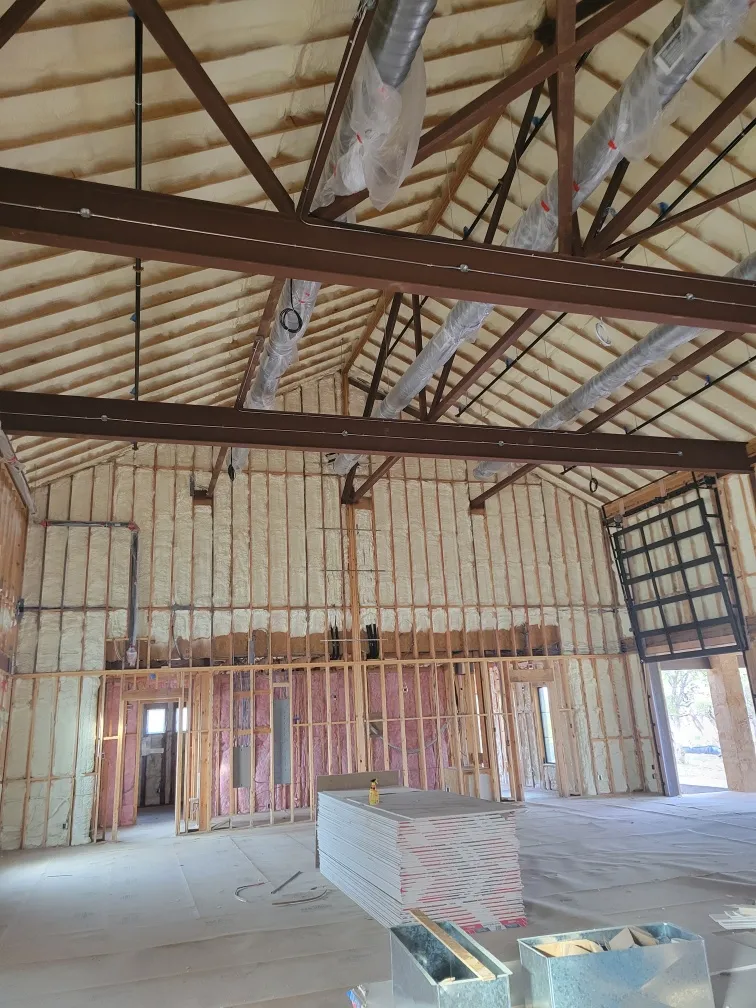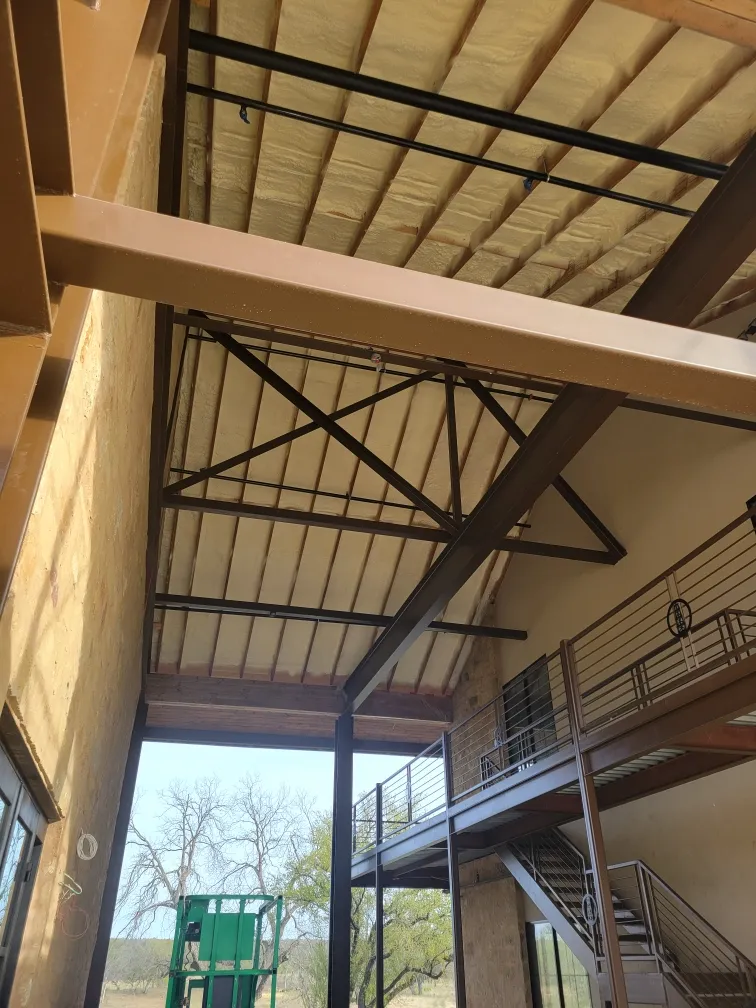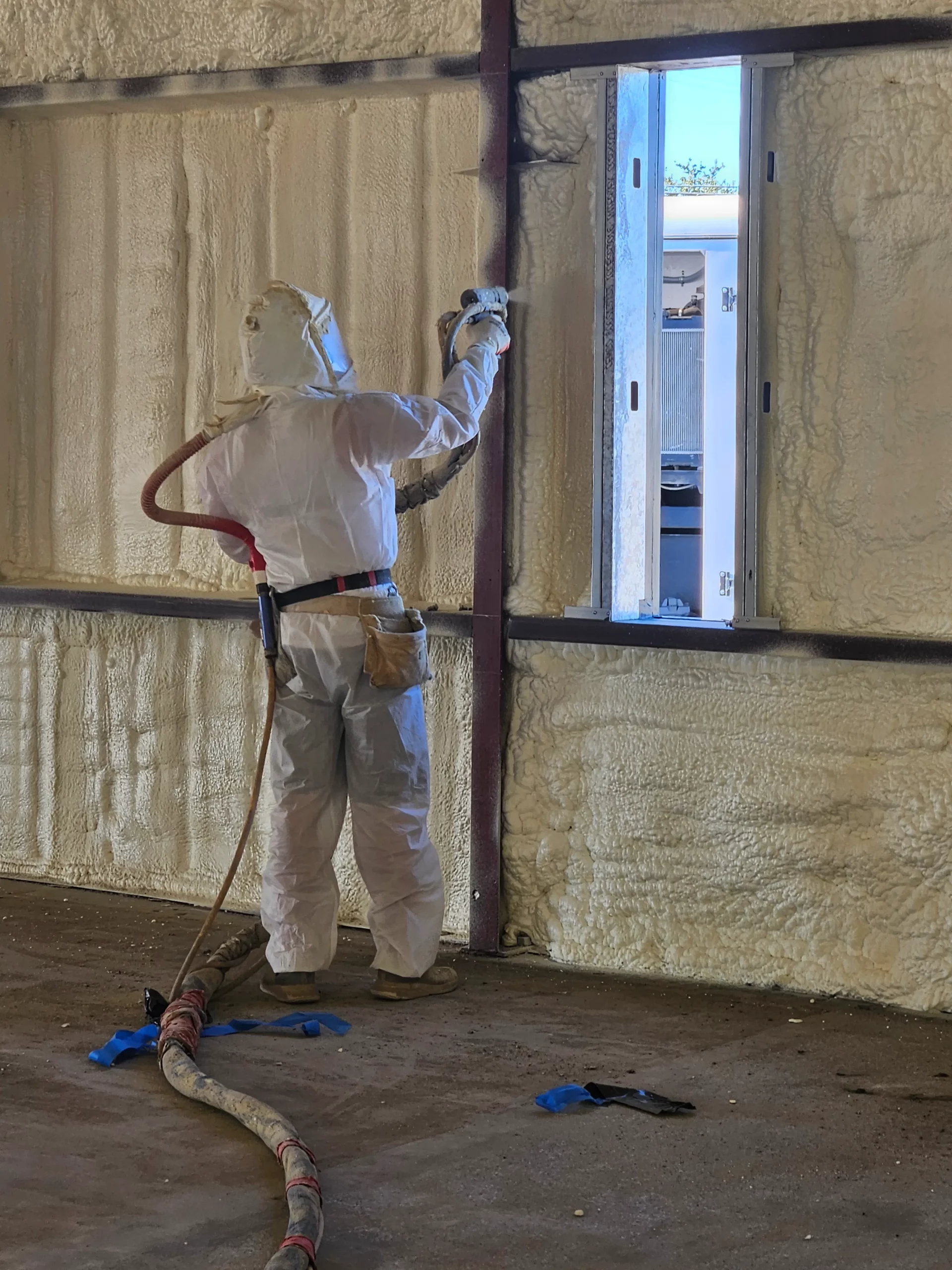

Spray foam insulation outperforms fiberglass in multiple critical areas including air sealing, moisture resistance, and energy efficiency. Closed-cell spray foam provides superior R-values per inch and creates an airtight barrier that fiberglass cannot match, while open-cell spray foam offers excellent sound dampening properties. However, fiberglass maintains advantages in initial installation costs and ease of replacement.
The choice between these insulation types depends on specific project requirements, climate conditions, and long-term performance goals. This comprehensive analysis examines performance metrics, installation considerations, and practical applications to help property owners make informed decisions based on technical data and real-world experience.
Understanding the fundamental differences between spray foam and fiberglass insulation requires examining measurable performance data across multiple categories.
| Performance Factor | Closed-Cell Spray Foam | Open-Cell Spray Foam | Fiberglass Batts | Blown-In Fiberglass |
|---|---|---|---|---|
| R-Value per Inch | 6.0-7.0 | 3.5-4.0 | 3.1-3.4 | 2.2-2.7 |
| Air Infiltration Control | Excellent | Good | Poor | Fair |
| Moisture Resistance | Excellent | Fair | Poor | Poor |
| Sound Dampening | Good | Excellent | Fair | Good |
| Fire Resistance | Good (with barriers) | Good (with barriers) | Excellent | Excellent |
| Lifespan | 80+ years | 80+ years | 15-20 years | 15-25 years |
Spray foam’s superior air sealing capability represents its most significant advantage. According to the North American Insulation Manufacturers Association, air leakage accounts for 25-40% of energy loss in typical buildings. Spray foam eliminates this issue by expanding to fill gaps and creating continuous thermal barriers.
Bonus Tip: When evaluating insulation performance, consider the effective R-value rather than just nominal R-value. Thermal bridging and air infiltration can reduce fiberglass performance by 20-50% in real-world conditions.
| Installation Factor | Spray Foam | Fiberglass |
|---|---|---|
| Professional Installation Required | Yes | Recommended |
| Installation Time | 1-2 days | 1 day |
| Cure Time | 24-48 hours | Immediate |
| Equipment Requirements | Specialized spray equipment | Basic tools |
| Safety Precautions | Extensive PPE, ventilation | Standard PPE |
| Weather Sensitivity | High (temperature/humidity) | Low |
Regional climate conditions significantly impact installation timing and performance outcomes. High humidity environments require extended curing periods for spray foam, while extreme temperatures can affect chemical mixing ratios.
Durability analysis reveals substantial differences in long-term performance between these insulation materials. Spray foam maintains consistent R-values throughout its lifespan, while fiberglass can experience degradation from moisture, settling, and physical displacement.
Research from the Oak Ridge National Laboratory indicates that properly installed spray foam maintains 95% of its original R-value after 20 years, compared to 85% retention for fiberglass insulation. This performance difference compounds over time, affecting total lifecycle energy savings.
Bonus Tip: Document installation quality with thermal imaging immediately after completion. This baseline helps identify future performance issues and validates warranty claims.
Different building applications reveal varying performance advantages for each insulation type. Understanding these context-specific benefits guides material selection for optimal results.
| Application | Best Choice | Key Advantage |
|---|---|---|
| Basement/Crawl Spaces | Closed-Cell Spray Foam | Moisture resistance, structural reinforcement |
| Attics (Vented) | Fiberglass | Cost-effectiveness, breathability |
| Attics (Unvented) | Spray Foam | Complete air sealing |
| Exterior Walls | Closed-Cell Spray Foam | Thermal bridge elimination |
| Interior Walls | Open-Cell Spray Foam | Sound dampening |
| Metal Buildings | Spray Foam | Condensation control |
| Retrofit Applications | Blown-In Fiberglass | Accessibility, minimal disruption |
Commercial applications often favor spray foam due to energy code requirements and long-term operational cost considerations. The International Energy Conservation Code increasingly emphasizes continuous insulation and air barrier requirements that spray foam addresses more effectively.

Several critical factors influence insulation material selection beyond basic performance metrics. Budget constraints often drive initial decisions, but total cost of ownership calculations may justify higher upfront investments in spray foam technology.
Building code compliance varies by region and application. Some jurisdictions require specific fire-rated assemblies or vapor barrier configurations that influence material choice. Consult local building officials early in the planning process to avoid costly modifications.
Future accessibility needs affect material selection significantly. Fiberglass allows easier access for electrical modifications, plumbing repairs, or HVAC adjustments. Spray foam creates permanent barriers that require specialized removal techniques for access.
Environmental considerations include embodied energy, recyclability, and indoor air quality impacts. Fiberglass contains recycled content and poses minimal long-term air quality concerns. Spray foam requires careful attention to proper installation and curing to prevent ongoing emissions.
Bonus Tip: Calculate payback periods using actual local utility rates and seasonal temperature data rather than national averages. This provides realistic expectations for energy savings and return on investment.
Professional insulation installation requires expertise in material selection, application techniques, and building science principles. Spray Foam Tech provides comprehensive insulation services designed to optimize thermal performance and energy efficiency for residential and commercial properties.
Property owners frequently need clarification on practical installation aspects before proceeding with insulation projects. Understanding these considerations helps ensure successful outcomes.
Installation timing affects both material performance and project scheduling. Spray foam requires specific temperature and humidity ranges for optimal curing, typically between 60–80°F with humidity below 85%. Extreme weather conditions may necessitate project delays or additional climate control measures.
Preparation requirements vary significantly between materials. Spray foam installation demands thorough cleaning, surface preparation, and protection of adjacent materials. Electrical and plumbing rough-in must be complete before spray foam application, as future access becomes extremely difficult.
Selecting appropriate insulation materials requires careful evaluation of specific project requirements, climate conditions, and performance expectations. Professional assessment helps identify the most effective solutions for individual applications while considering both immediate needs and long-term performance goals.
Energy efficiency improvements through proper insulation selection can reduce heating and cooling costs by 15-30% annually, according to the Department of Energy. These savings compound over time, often justifying premium insulation materials through reduced operational expenses.
Contact Spray Foam Tech at (737) 777-9590 or oldworldtx@hotmail.com to discuss your specific insulation requirements. Professional evaluation ensures optimal material selection and installation techniques for maximum energy efficiency and comfort.
Temperature fluctuations, installation thickness consistency, and substrate preparation significantly impact spray foam R-value performance. Properly installed closed-cell spray foam maintains consistent R-6 to R-7 per inch regardless of settling or aging, unlike fiberglass which can lose 15-20% of its rated R-value due to compression and air infiltration over time.
Fiberglass loses substantial R-value when wet, with moisture content above 1% reducing thermal resistance by 50% or more. Closed-cell spray foam remains unaffected by moisture exposure and actually prevents water vapor transmission. Open-cell spray foam allows vapor transmission while maintaining insulation properties when dried properly.
Cold climate zones benefit most from closed-cell spray foam due to its vapor barrier properties and superior R-value per inch. Hot, humid climates may favor properly designed fiberglass systems with appropriate vapor control strategies. Mixed climates require careful analysis of seasonal conditions and building design to determine optimal solutions.
Combining insulation materials can optimize performance when properly designed. Common applications include spray foam for air sealing with fiberglass for additional thermal mass, or closed-cell spray foam on exterior walls with open-cell in interior partitions for sound control. Professional design ensures compatibility and avoids moisture trap conditions.


